Fig. TBQ 8.1 shows a capacitor made of two circular plates each of radius 12 cm, and separated by 5.0 cm. The capacitor is being charged by an external source (not shown in the figure). The charging current is constant and equal to 0.15 A.
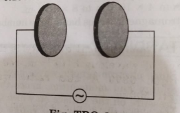
Calculate the capacitance and rate of change of potential difference between the plates.Solution in Punjabi
Step by step video & image solution for Fig. TBQ 8.1 shows a capacitor made of two circular plates each of radius 12 cm, and separated by 5.0 cm. The capacitor is being charged by an external source (not shown in the figure). The charging current is constant and equal to 0.15 A.Calculate the capacitance and rate of change of potential difference between the plates. by Physics experts to help you in doubts & scoring excellent marks in Class 12 exams.
Similar Questions
Figure 8.6 shows a capacitor made of two circular plates each of radius 12 cm, and separated by 5.0 cm. The capacitor is being charged by an external source (not shown in the figure). The charging current is constant and equal to 0.15A.
(a) Calculate the capacitance and the rate of change of potential difference between the plates.
(b) Obtain the displacement current across the plates.
(c) Is Kirchhoff’s first rule (junction rule) valid at each plate of the capacitor? Explain.
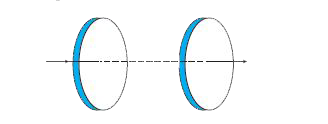 View Solution
View SolutionFigure 8.6 shows a capacitor made of two circular plates each of radius 12 cm, and separated by 5.0 cm. The capacitor is being charged by an external source (not shown in the figure). The charging current is constant and equal to 0.15A.
(a) Calculate the capacitance and the rate of change of potential difference between the plates.
(b) Obtain the displacement current across the plates.
(c) Is Kirchhoff’s first rule (junction rule) valid at each plate of the capacitor? Explain.
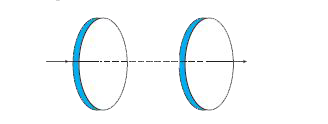 07:51View Solution
07:51View SolutionFigure shows a capacitor made of two circular plates each of radius 12 cm, and separated by 5.0 cm. The capacitor is being charged by an external source (not shown in the figure). The charging current is constant and equal to 0.15 A. Calculate the capacitance and the rate of change of potential difference between the plates.
03:35View SolutionFigure shows a capacitor made of two circular plates each of radius 12 cm, and separated by 5.0 cm. The capacitor is being charged by an external source (not shown in the figure). The charging current is constant and equal to 0.15 A.
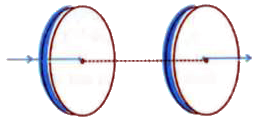
Obtain the displacement current across the plates.03:44View SolutionFigure shows a capacitor made of two circular plates each of radius 12 cm, and separated by 5.0 cm. The capacitor is being charged by an external source (not shown in the figure). The charging current is constant and equal to 0.15 A.
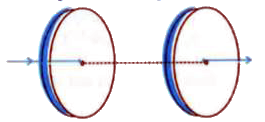
Is Kirchhoff's first rule (junction rule) valid at each plate of the capacitor ? Explain.02:19View SolutionA capacitor made of two circular plates each of radius 12 cm and separated by 5 cm. The capacitor is being charged by an external source. The charging current is constant and equal to 0.15 A. The capacitance of the parallel plate capacitor is
02:06View SolutionFigure 8.01 shows a capacitor made of two circular plates each of radius 12 cm, and separated by 5.0 cm. The capacitor is being charged by an external source (not shown in the figure). The charging current is constant and equal to 0.15 A.
(a) Calculate the capacitance and the rate of charge of potential difference between the plates.
(b) Obtain the displacement current across the plates.
(c) Is Kirchhoff.s first rule (junction rule) valid at each plate of the capacitor? Explain.
 View Solution
View SolutionFigure shows a capacitor made of two circular plates each of radius 12cm, and separated by 5.0cm. the capacitor is being charged by an external source (not shown in the figure). The charging current is constant and equal to 0.15A
(a) Calcuate the capacitance and the rate of change of potential difference between the plates
(b) Obtain the displacement current across the plates
(c) Is kirchhoff's first rule(junction rule) vaild at each plate of the capacitor ? Explain.
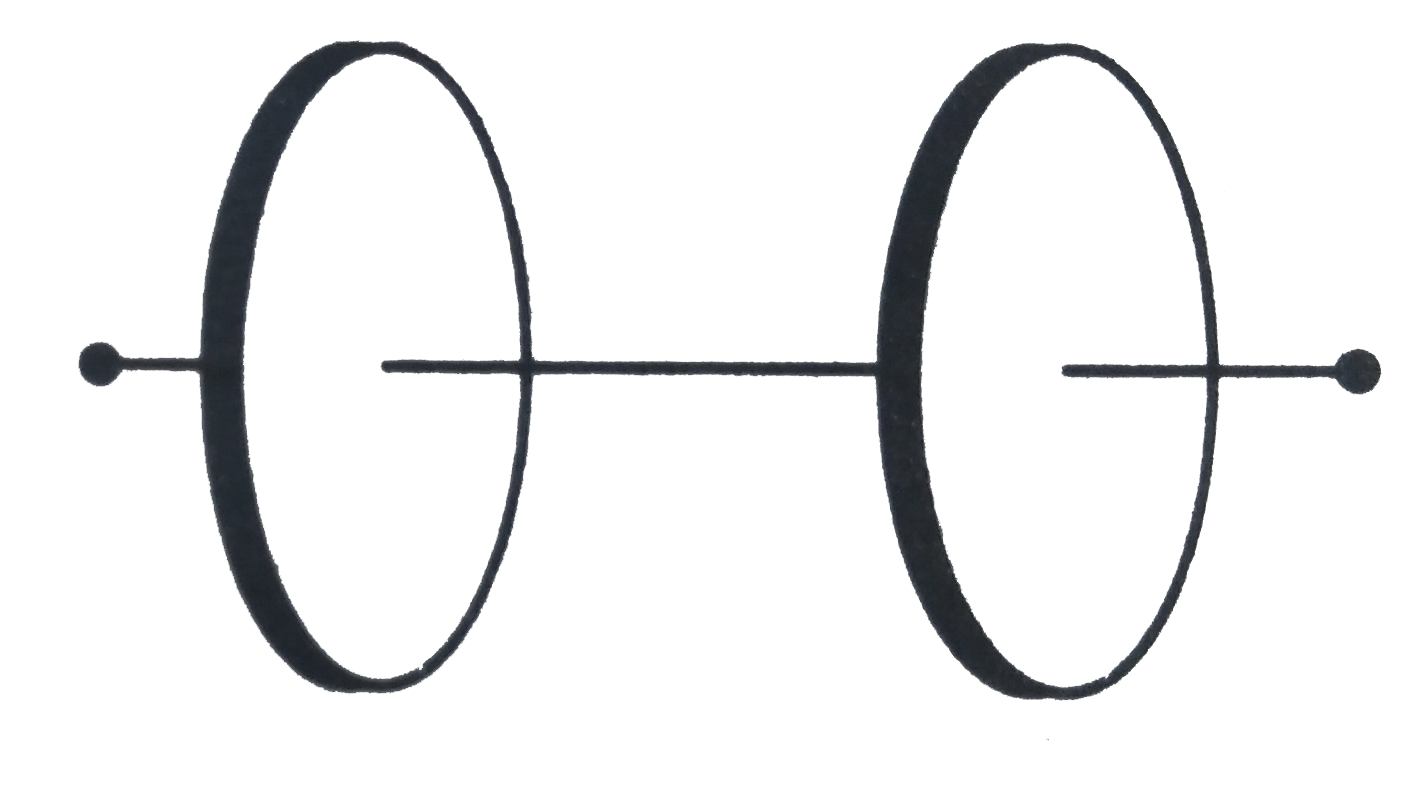 .08:17View Solution
.08:17View Solution

